

~~~~~~~~~~~~~~~~~~~~~~~~~~~~
SCUBA News (ISSN 1476-8011)
Issue 263 - May-June 2022
https://www.scubatravel.co.uk
~~~~~~~~~~~~~~~~~~~~~~~~~~~~~
You can download a pdf of this newsletter here.
Contents:
What's new at SCUBA Travel?
Diving with the Guadalupe Great White Sharks
Devil Rays and Mantas: Interview with marine conservationist Ana Filipa Sobral
Diving news from around the World
Download as a pdf file
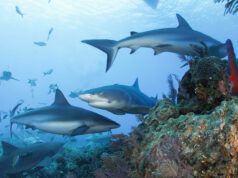 |
Best 9 dive destinations welcoming divers now Where to go as the pandemic recedes |
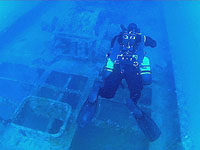 |
From the wrecks of the Gallipoli Historical Underwater Park to the beautiful walls and canyon of Kas.
|
Amazing scenery and even more amazing diving, plus get 30% off on the Argo liveaboard.
Marine biologist Anna Sobral is the founder of Manta Catalog Azores, helping develop understanding of manta and devil rays. The Azores is one of the few places that these rays are known to congregate: the large Sicklefin devil rays being especially abundant. The Manta Catalog enables ordinary scuba divers to help study these mysterious creatures and ultimately contribute to their protection.

I had just left Mozambique, where I had been participating on a whale shark and manta ray conservation project, when I came to the Azores. Once here I heard for the first time about these groups of devil rays that attracted more and more divers to the Azores. The species in question, at the time (2012), had a "Data Deficient" conservation status on the Red List of Threatened Species of the IUCN. Species are listed as "Data Deficient" when, as the name implies, there is not enough data about them and their populations to be able to estimate their conservation status. The fact that these are unique aggregations in the world, makes them crucial for the study of this species. Having divers from all over the world travelling to the Azores to see them made the creation of this citizen-science based project make perfect sense.
At the time photo-ID was already widely used to study manta rays, but this was the first attempt to use it for the study of the Sicklefin devil ray. I would say the biggest challenge was to get the project off the ground, knowing this would be a long-term project, but without knowing if it would work. Not a lot of people took it seriously at first and it took time for the project to get some visibility and for the first results to appear. However, the process has been very rewarding, and this work is now being replicated in other places which makes it all the more exciting.
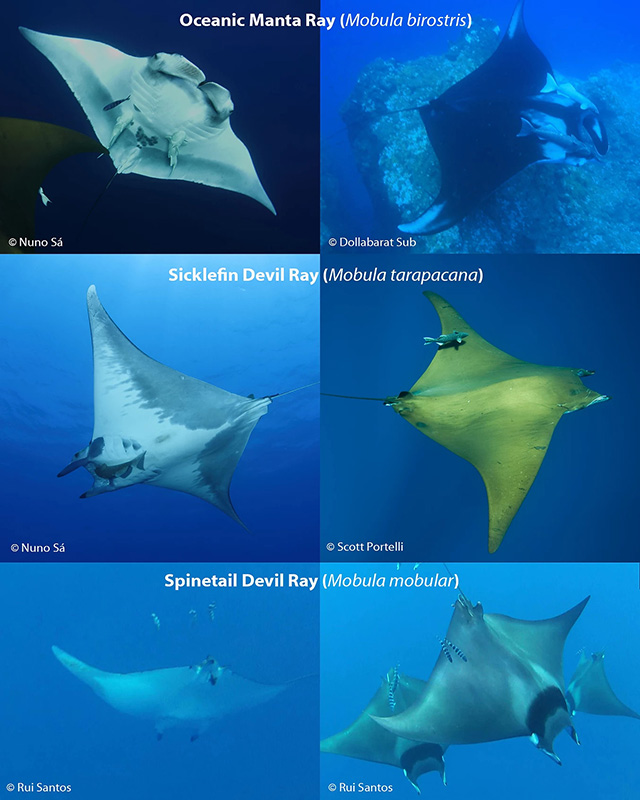
Through this project, depending solely on data provided by citizen scientists, we were able to confirm, for the first time, the existence of 3 species of Mobulid rays in the Azores: the Oceanic manta ray (Mobula birostris), the Sicklefin devil ray (Mobula tarapacana) and the Spinetail devil ray (Mobula mobular). With a photographic database with around 300 different individuals of two species, we now know that photo-ID is a viable tool to study the Sicklefin devil ray and we do know that individuals return to the Azores in different years, with re-sights after up to 9 years, reinforcing the importance of these sites for these species.
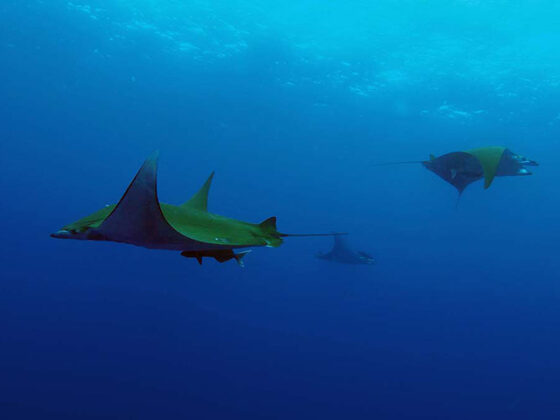
Another great achievement has been to contribute to the knowledge about these species amongst the local community and the raise in awareness about the importance of the conservation of these animals.
I was surprised by them returning, sometimes after almost a decade, to the exact same place, but the most surprising and exciting thing in studying them has been that the more time I spend with them underwater and the more knowledgeable we get, the more questions I have, and the more I want to learn about them.
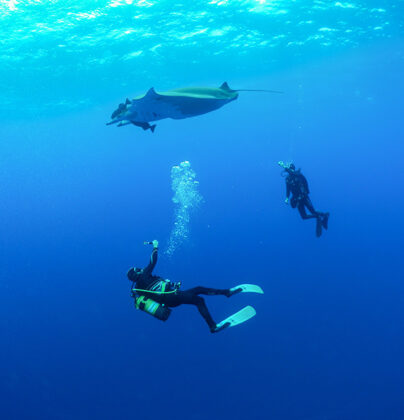
Any diver can contribute to the project by reporting a sighting of a Mobulid ray in the Azores through the form on our website (www.mantacatalogazores.com). We look for pictures of the unique patterns on the bellies of the rays so we can ID different individuals.
During the Manta Conservation Experience trips (which take place in August) divers will have a more hands-on experience on a week fully dedicated to learning more about these animals and taking part on the research work being done. For more information watch the video below or contact mantaconservationexperience@oceanario.pt

I would love to be in the water with Dr. Sylvia Earle, she has always been a huge inspiration and always has a message full of hope for the future.
You can read the full interview, and find out how you can contribute, on our news website.
The project has been supported by Conservation at Oceanario de Lisboa, three times voted best aquarium in the world. Read our interview with Nuria Baylina, head of Biology and Conservation at Oceanario de Lisboa
 |
Reef World launches best practice for snorkellers guide
|
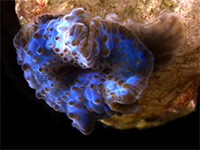 |
Corals and sea anemones turn sunscreen into toxins - understanding how could help save coral reefs
|
 |
Ukraine war may be causing rise in dolphin deaths, say scientists
|
 |
Ship uses molten salt reactor for clean power
|
 |
Will new technology improve lobster survival rates by 1000?
|
SCUBA News is licensed under a Creative Commons Attribution 4.0 Unported License. This means we are happy for you to reuse our material for both commercial and non-commercial use as long as you: credit the name of the author, link back to the SCUBA Travel website and say if you have made any changes. Some of the photos though, might be copyright the photographer. If in doubt please get in touch.
Photo credits: Tim Nicholson, Jill Studholme, Kristin Riser, Jianye Sui
Previous editions of SCUBA News are archived at https://www.scubatravel.co.uk/news.html
SUBSCRIBING AND UNSUBSCRIBING
Visit [UNSUBSCRIBE] and add or remove your e-mail
address. To change whether your receive the newsletter
in text or HTML (with pictures) format visit [PREFERENCES]
ADVERTISING
Should you wish to advertise in SCUBA News, please
see the special offers at
https://www.scubatravel.co.uk/newsad.html
Other advertising opportunities are at
https://www.scubatravel.co.uk/advertising.html
CONTACTING THE EDITOR
Please send your letters or press releases to:
Jill Studholme
SCUBA News
The Cliff
DE6 2HR
UK
news@scubatravel.co.uk
PUBLISHER
SCUBA Travel, 5 Loxford Court, Hulme, Manchester, M15 6AF, UK
Our newsletter, SCUBA News (ISSN 1476-8011), is absolutely free. It is a monthly publication, delivered by e-mail. To receive your copy fill in your details below. We will never pass your e-mail address to any third parties, or send you unsolicited e-mail.
To receive your copy fill in your details below. We will never pass your e-mail address to any third parties, or send you unsolicited e-mail.
You will receive an e-mail confirming your subscription. If you don't receive this you may have entered your e-mail address incorrectly - revisit this page and re-subscribe.
We love hearing from you: send us any news, dive write ups, reviews or comments